Graphic design for advertisements came into prominence alongside the rise of mass media, transforming the way businesses communicated with the public. Initially constrained by print limitations, it has now burgeoned into a multifaceted world where creativity knows no bounds. No matter the medium, graphic design for ads aims to captivate audiences and convey messages effectively. While at first glance, ad design might seem purely commercial, it is in fact an art form that balances aesthetics and strategy--and is currently experiencing an exciting evolution. Enhance your marketing campaigns using these graphic design concepts for ads and craft compelling visuals that stand out.
Branding elements
Graphic design for advertisements heavily relies on the strategic integration of branding elements to forge a strong brand identity that resonates with the target audience. Designers meticulously employ a cohesive color palette that mirrors the brand's essence while utilizing typography that is not only legible but also reflective of the brand's personality. Iconography plays a pivotal role, often incorporating logos or symbolic graphics that enhance brand recall and convey complex ideas succinctly. The overall composition and layout are carefully crafted to ensure that the communication hierarchy aligns with the brand's message, guiding viewers' attention seamlessly from key messages to calls-to-action, thereby reinforcing brand loyalty and engagement.
Typography layout
Typography layout in graphic design for ads plays a crucial role in conveying the intended message effectively and capturing the attention of the audience. Designers must carefully consider font selection, size, weight, and spacing to create a hierarchy that guides the viewer's eye toward critical information such as the brand name, product details, or call to action. A balanced composition, employing principles of contrast, alignment, and repetition, ensures readability and aesthetic appeal while maintaining the brand's identity and tone. The arrangement of type elements must seamlessly integrate with imagery and other design elements, providing a cohesive visual experience that resonates with the target audience and compels them to engage with the advertisement.
Visual hierarchy
Graphic design for ads hinges on the effective use of visual hierarchy to guide a viewer's attention towards the most critical elements first, ensuring the message is communicated efficiently and memorably. Through the strategic arrangement of elements such as typography, color, contrast, and spatial layout, designers can manipulate the viewer's focus, encouraging a sequence that moves from most salient to least important information. Large, bold fonts often capture immediate attention, creating a primary focal point, while the use of color contrast draws the eye to specific areas, subliminally directing the viewer's path across the advertisement. Designers also employ negative space or white space strategically, allowing the most important components of the ad to breathe, thereby enhancing clarity and reducing cognitive load, all of which contributes to a more engaging and persuasive advertisement.
Color psychology
Graphic design for advertisements leverages color psychology to elicit specific emotional responses and influence consumer behavior effectively. Different hues can evoke various feelings and perceptions; for instance, red can create urgency and stimulate appetite, making it ideal for food and clearance sales. Blue often conveys trust and dependability, thus frequently used in corporate and financial sectors to reinforce brand reliability. Yellow, associated with joy and cheerfulness, captures attention and promotes affordability, perfect for youth-oriented products and services, effectively guiding viewer sentiments to align with the advertising goals.
User engagement
Graphic design for advertisements plays a crucial role in capturing user engagement by utilizing visually compelling elements that resonate with the target audience. Sophisticated typography, color schemes, and layouts are strategically chosen to elicit emotional responses and guide the viewer's attention towards key messages or calls to action. The integration of interactive components such as hover effects, animations, and clickable elements not only captivates but also encourages active participation from users, transforming passive viewers into engaged consumers. High-quality visuals and coherent branding within the design ensure consistency and credibility, fostering trust and loyalty which are essential for maintaining long-term user engagement in a competitive digital landscape.
Target audience
Graphic design for ads targeting a specific audience requires an intricate understanding of the demographic's preferences, behaviors, and cultural nuances. Designers must meticulously research and define the audience segment, considering factors such as age, gender, location, interests, and buying habits, which influence the creative decisions and messaging strategies. The choice of colors, typography, imagery, and layout must resonate with the audience's expectations and experiences, often drawing from cultural symbolism or trends that evoke familiarity and relevance. By aligning the visual and emotional appeal of the ad with the audience's values and aspirations, graphic designers can create compelling content that not only captures attention but also facilitates an emotional connection and drives consumer action.
Design brief
A well-crafted design brief serves as the blueprint for creating compelling advertisements by clearly outlining the client's objectives, defining target audiences, and providing essential brand guidelines. It establishes a clear vision, ensuring all stakeholders, including designers and marketers, are aligned on key elements such as brand messaging, tone, and visual style. The brief should specify technical requirements, including dimensions, formats, and any mandatory components like logos or legal disclaimers, thus minimizing misinterpretations and revisions. By incorporating competitor analysis and current market trends, the brief empowers designers to create unique visuals that not only capture attention but also resonate with the intended audience, ultimately driving consumer engagement and conversion.
Digital assets
Digital assets in graphic design for ads encompass a range of elements including high-resolution images, vector graphics, and typographical components tailored for specific platforms. These assets are crucial for ensuring consistency across various digital channels, such as social media, websites, and mobile applications, and play a significant role in capturing user attention and conveying the brand message effectively. Designers often utilize advanced software like Adobe Creative Cloud to create and manipulate these digital assets, employing strategies like color theory and composition principles to enhance visual appeal and engagement. Furthermore, the scalability of digital assets allows them to be repurposed efficiently across diverse advertising campaigns, ensuring the marketing materials remain both relevant and adaptable to changing trends.
Eye-catching visuals
Graphic design for ads prioritizes eye-catching visuals that instantly grab attention and create memorable impressions. Designers use vibrant colors, bold typography, and unique imagery to captivate the consumer, often employing techniques such as contrast and alignment to guide the viewer's eye through the advertisement seamlessly. Negative space is strategically utilized to enhance focus on critical elements, ensuring the message remains clear and impactful. The composition is crafted with precision, considering factors like balance and hierarchy to maintain aesthetic harmony while effectively conveying the intended promotion or brand message.
Call-to-action design
In graphic design for advertisements, call-to-action (CTA) design serves as a pivotal element in steering consumer engagement and driving conversions, making its visual impact and message clarity crucial. Designers meticulously focus on crafting CTA buttons and messages that are not only visually distinctive but also psychologically compelling, employing contrasting colors and bold typography to draw immediate attention without overwhelming the observer. The placement of CTAs is strategically decided; often positioned above the fold or at points in the ad journey where user engagement peaks, ensuring they are accessible and intuitive for the consumers' pathway. Psychologically, the language used in CTAs emphasizes urgency and value, using persuasive verbs like "discover," "unlock," or "join," and sometimes integrating limited-time offers or exclusivity to heighten the appeal, encouraging users to act swiftly while providing a seamless pathway from interest to transaction.






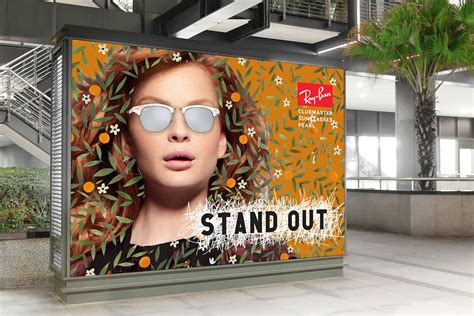
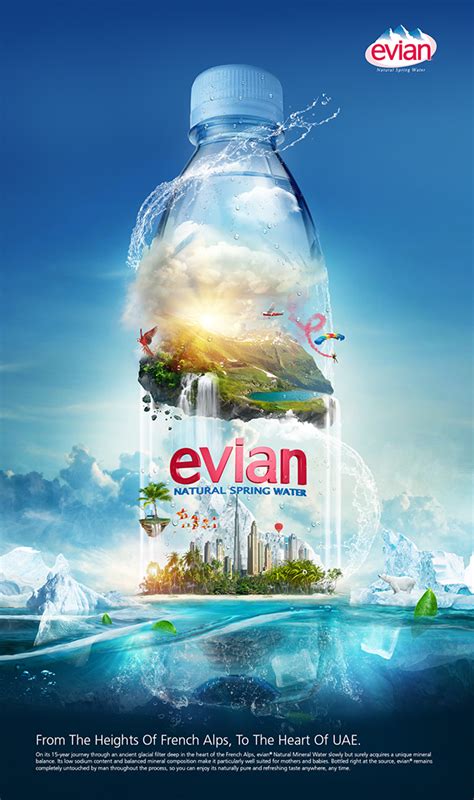
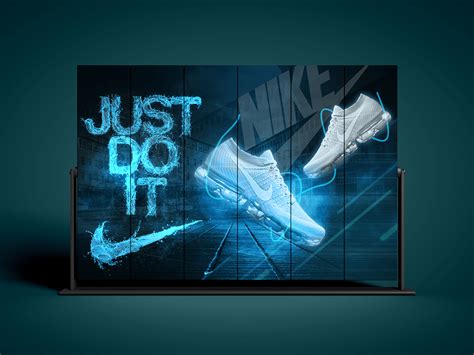
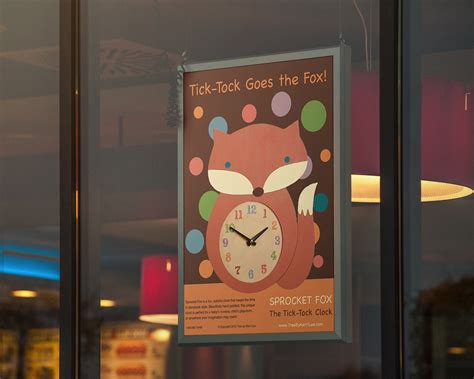

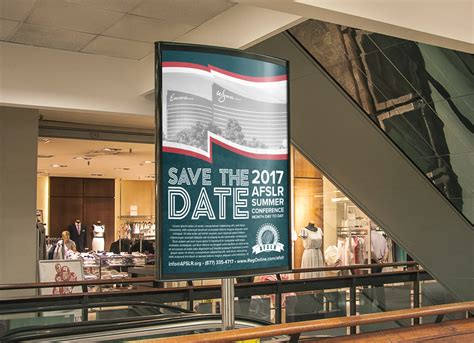

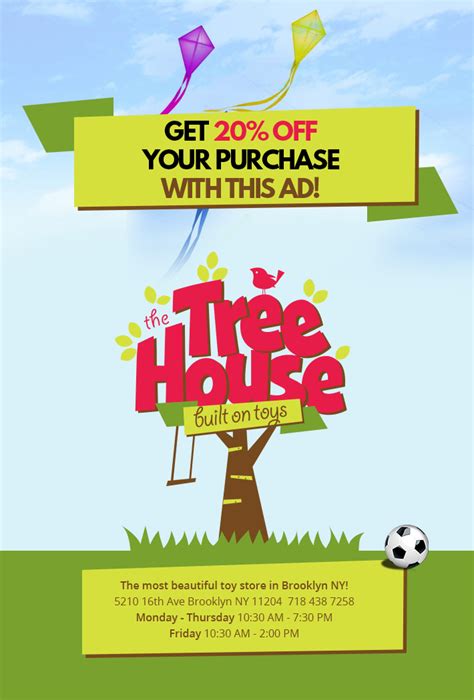

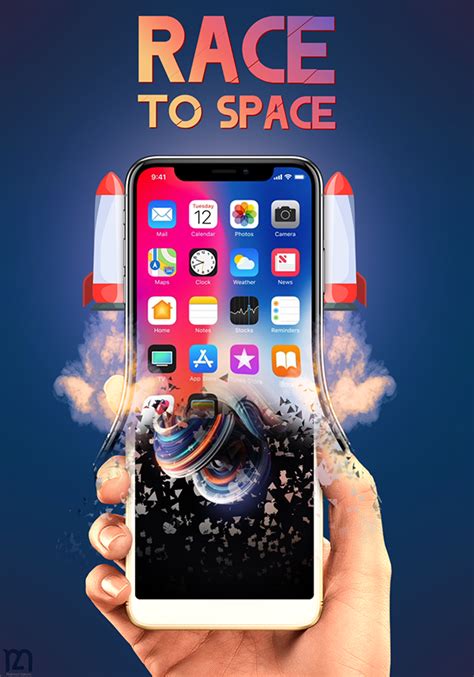

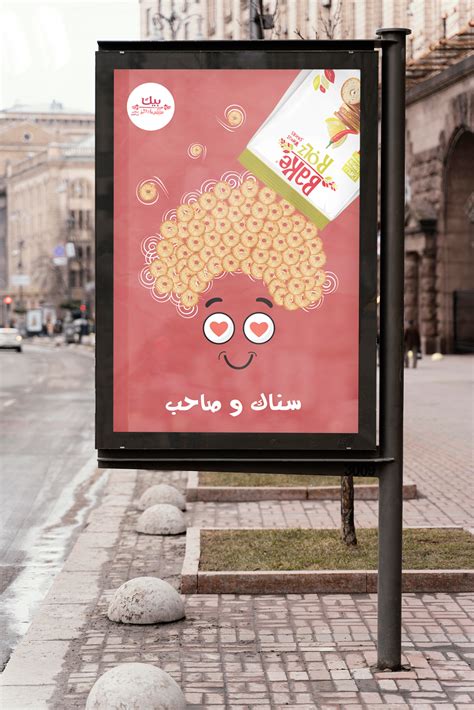
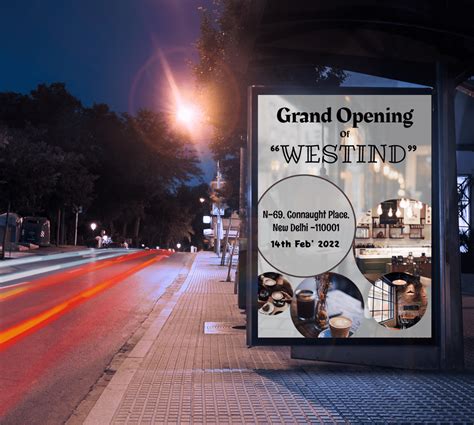

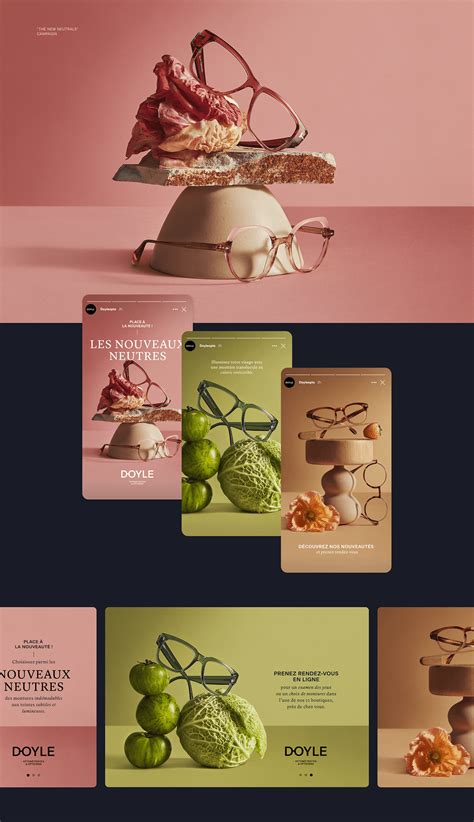
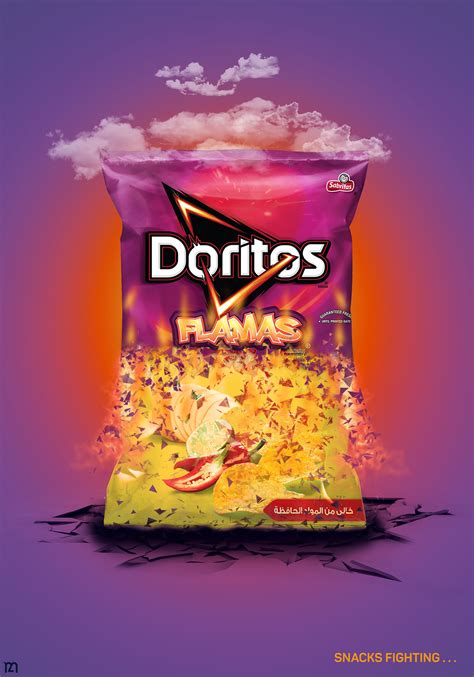

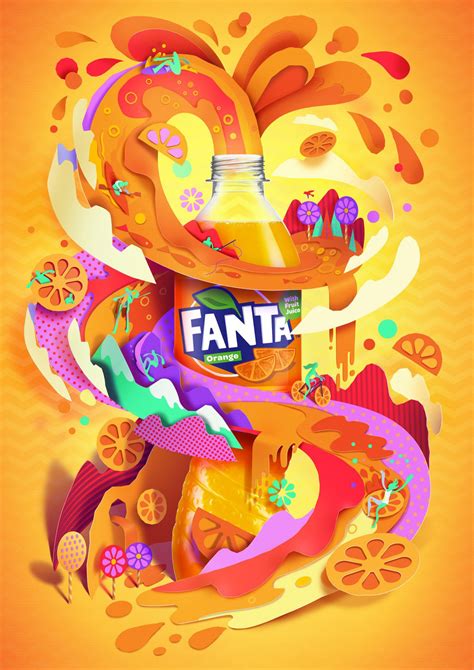
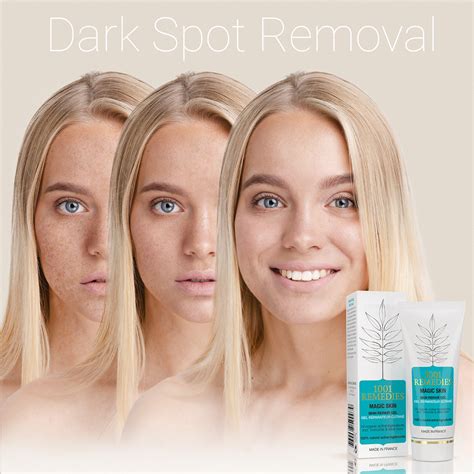

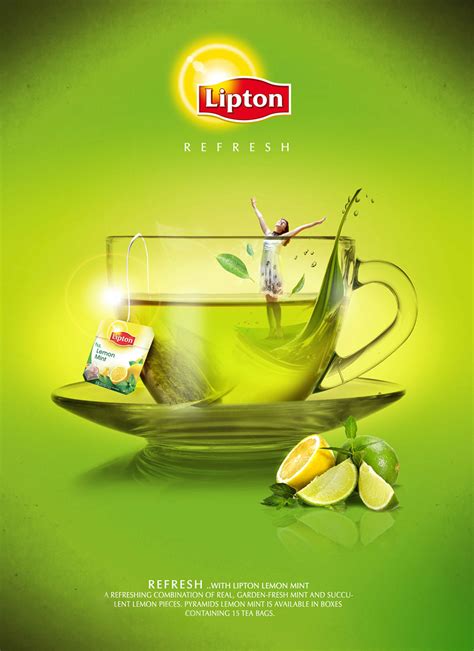


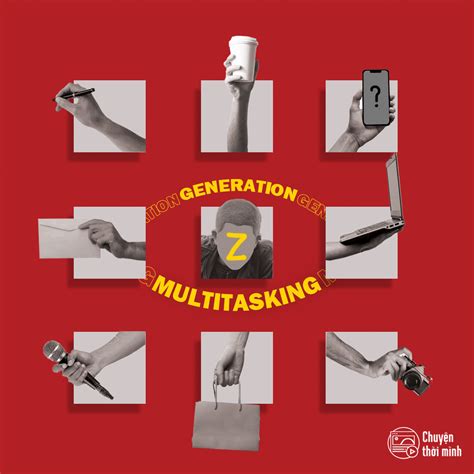
Leave a Reply
Your email address will not be published.